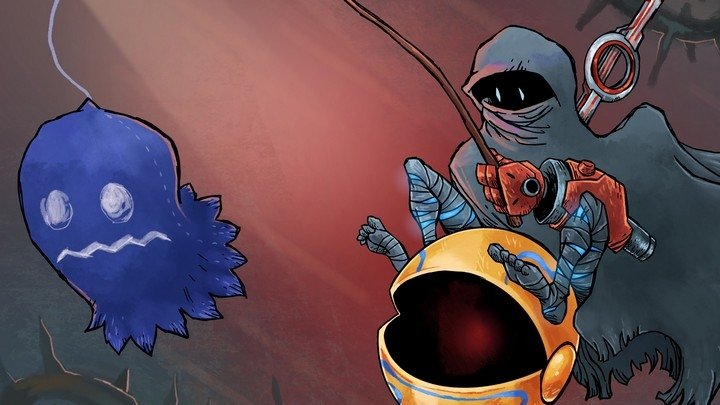Game Boy Works brings the U.S. debut of a Japanese mainstay
Unfortunately, Jajamaru-kun's first showing in America leaves much to be desired.
First, a warning: People with sensitivity to strobing, high-contrast colors may wish to skip this video, as it includes an in-game effect that could potentially trigger epilepsy. This is one of the more unusual facets of covering classic games: Effects that "read" harmlessly on their intended hardware can be an enormous mess on other systems.
In this case, Maru's Mission makes use of a visual technique that has shown up on a few other Game Boy Works entries, wherein the screen flashes between two of the system's four different shades of grey on alternating frames. On the Game Boy's original screen, the slow LCD refresh rate causes the blend of the two shades to appear to create a fifth grey tone. On a Super Game Boy and television combo (or in 60fps video capture), however, you don't get the intended blending effect and the result is... a little painful.
Maru's Mission in general feels a little painful, to be honest. It's a glacially paced game with slippery controls and a constant sensation that it wasn't quite finished before shipping…That's a shame, because this rocky Game Boy release represents, to my knowledge, the American debut of Jaleco's top 8-bit protagonist, the chunky little ninja known as Jajamaru-kun.
I suppose it's possible the original Jajamaru-kun arcade cabinet showed up here at some point, as records of that era can be a little spotty, but none of Jajamaru's numerous Famicom adventures ever shipped in the U.S. Jaleco even made a few tentative attempts at localization, but those feel through; meanwhile, the one that did make it through was this train wreck of a game. Video game history is weird like that.
Weirdly enough, this is the first of two Jajamaru-kun games that would ship in the U.S., sort of. I'll explain that qualifier once we get to Ninja Taro. In the meantime, this is not a Game Boy release I would recommending hunting down. Even by the sometimes iffy standards of the platform, it's rough.




